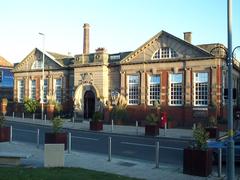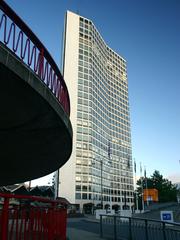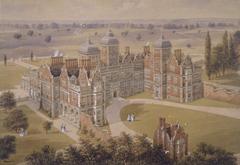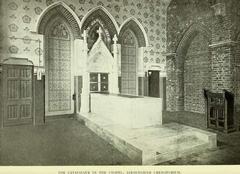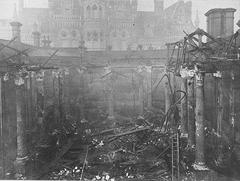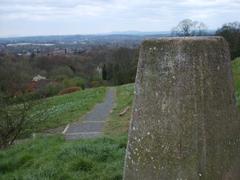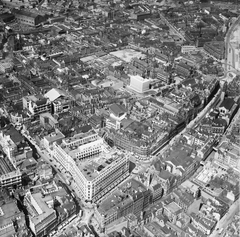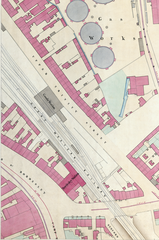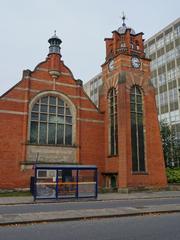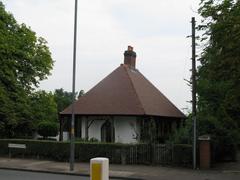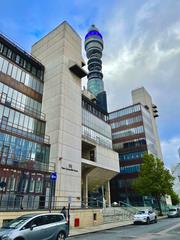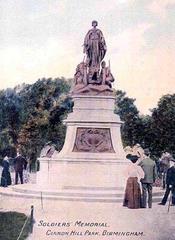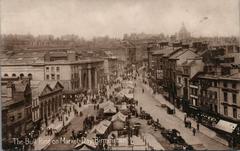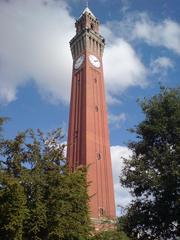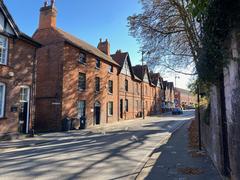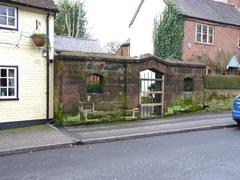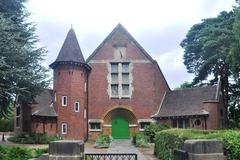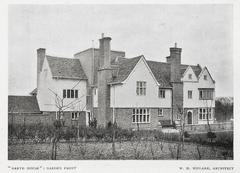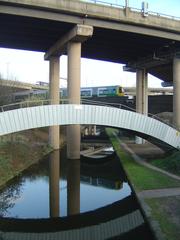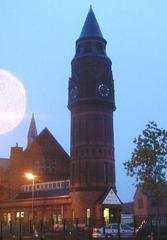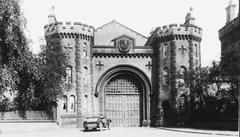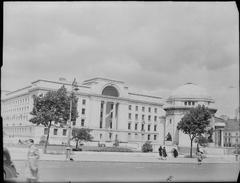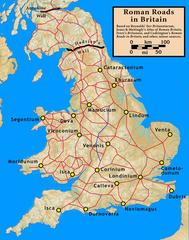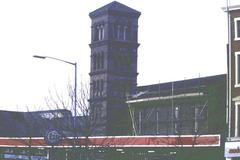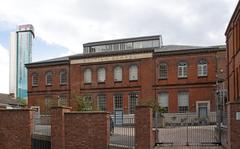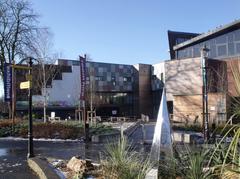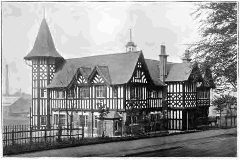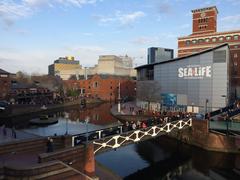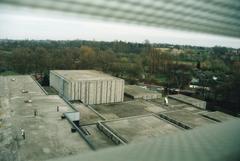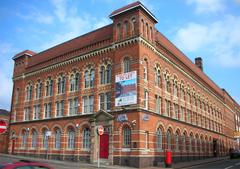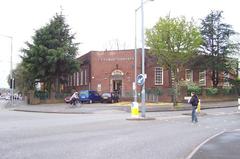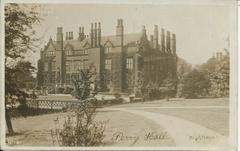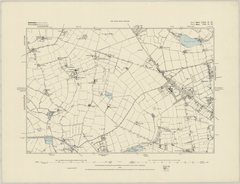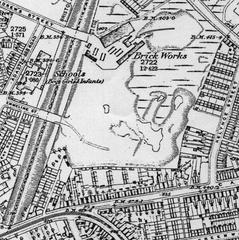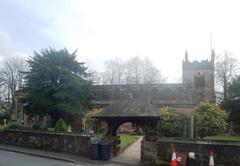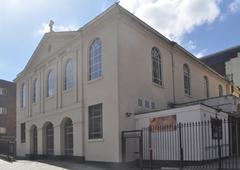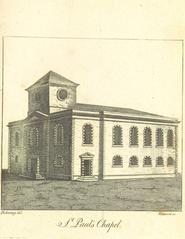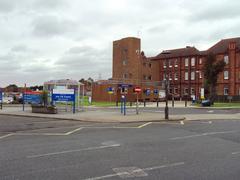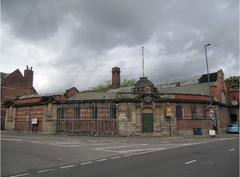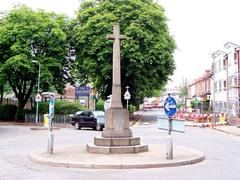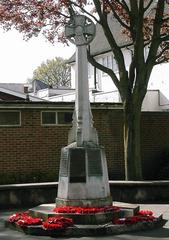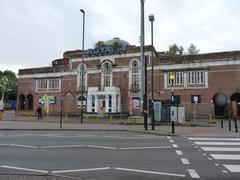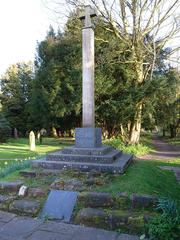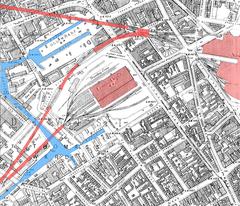Lifford Railway Station Birmingham: Visiting Hours, Tickets, and Travel Guide
Date: 04/07/2025
Introduction
Lifford Railway Station served as a vital component of Birmingham’s extensive rail network, embodying the city’s rich industrial and transport heritage. Although operational services ceased mid-20th century, remnants of the station and its impact on the surrounding landscape persist, reflecting Birmingham’s transformation into an industrial powerhouse. This guide offers a comprehensive exploration of Lifford Railway Station’s history, architectural characteristics, operational importance, and practical visitor information for those seeking to discover Birmingham’s railway past.
##bts Historical Overview
Early Origins and Location
The area known as Lifford has historical roots dating back to the 13th century, first documented as “la Ford” in 1250, indicating a historic river crossing. Its strategic position near Kings Norton, Stirchley, and the Worcester & Birmingham Canal made Lifford Railway Station ideally situated to support Birmingham’s burgeoning industrial expansion.
Establishment and Development
Commencing operations in 1840 as part of the Birmingham and Gloucester Railway, and subsequently integrated into the Midland Railway, Lifford Station was crucial for both passenger and freight transport, connecting Birmingham to the southwestern regions of England. Its location facilitated the efficient movement of essential materials like coal and iron, as well as manufactured goods, significantly contributing to Birmingham’s status as the “workshop of the world.”
Architectural and Operational Features
The station originally showcased classic Victorian brick architecture, complete with pedestrian bridges, goods yards, and nearby housing for railway workers. Over time, the site adapted to accommodate increasing traffic volumes, especially after the Midland Railway realigned the route in the late 19th century, constructing a new station and embankments. The co-location of the canal and railway, sharing bridge arches beneath Pershore Road, represents a rare example of Victorian multi-modal transport design.
Decline, Closure, and Legacy
Wartime Closure
Passenger services at Lifford were discontinued on September 30, 1940, a measure implemented due to wartime economic constraints. While initially intended as a temporary measure, the closure was confirmed as permanent by 1946. The station’s physical structures were eventually dismantled, and the site was repurposed for industrial activities. Today, Chamberlains Joinery occupies the original location, with only embankments and the adjacent canal infrastructure serving as visible remnants.
Community Impact
The closure of Lifford Station reduced convenient rail access for local residents, shifting commuter reliance to neighbouring stations like Kings Norton and increasing dependence on bus and tram routes. The Camp Hill Line, which once served Lifford, continues to operate for freight and diverted passenger services, with renewed interest in restoring suburban connectivity through the reopening of other stations.
Enduring Significance
Despite its physical absence, Lifford remains an important segment of Birmingham’s railway history, symbolizing the city’s industrial growth and suburban development. The station’s various iterations reflect evolving transport needs and the strategic decisions of railway companies.
Visiting the Lifford Station Site
Accessibility and Hours
- Is Lifford Railway Station open? No, the original station building is permanently closed, offering no ticketing, staff, or public facilities.
- Visiting Hours: The site is an open, outdoor area accessible year-round without official restrictions.
- Tickets: Not required. While the general area is public space, the precise location of the former station is now private industrial land and should not be entered.
- Access: The site is reachable on foot, by bicycle, or by car via Lifford Lane, near Pershore Road (A441). Public footpaths and the Worcester & Birmingham Canal towpath offer safe access points.
Visitor Experience
Though station buildings are no longer present, visitors can observe remnants like embankments and bridges, as well as the nearby canal infrastructure. The most advantageous viewpoints are from public paths and the canal towpath. Visitors should exercise caution to avoid trespassing on active railway lines or private industrial properties.
Points of Interest Nearby
- Worcester & Birmingham Canal: Provides scenic walking and cycling paths alongside the former railway line.
- Lifford Cottages: Historic residences that once housed railway workers.
- Cotteridge Park & Lifford Reservoir: Green spaces suitable for relaxation and photography.
- Bournville Village: Renowned for its Cadbury chocolate heritage and available guided tours.
- Kings Norton Station: The closest operational railway station, serving as an example of current suburban rail services.
Modern Developments and the Camp Hill Line Revival
The Camp Hill Line is currently undergoing renewal, with stations at Kings Heath, Moseley, and Pineapple Road scheduled to reopen in 2025. Lifford Station is not part of these redevelopment plans, but its history is frequently referenced in discussions regarding suburban rail restoration. The continued operation of the line and ongoing advocacy efforts help preserve Lifford’s legacy, even as the site itself remains largely unchanged.
Practical Tips for Visitors
- No Facilities: Be prepared, as there are no toilets, shops, or shelters at the site.
- Safety: Always stay on public paths and avoid railway tracks.
- Best Times to Visit: Spring through autumn offer the most favorable weather; canal paths can be muddy after rain.
- Accessibility: The canal towpath is generally flat, though some areas may be overgrown or uneven.
Frequently Asked Questions (FAQ)
Q: Can I visit Lifford Railway Station? A: The station itself is closed and now private industrial land, but the surrounding area and canal towpaths are accessible for exploration.
Q: Are tickets or guided tours available? A: No tickets or official tours are offered. The site is open public space; local history groups occasionally organize heritage walks.
Q: What remains of the station? A: Surviving features include embankments, the widened Pershore Road bridge, and adjacent canal infrastructure.
Q: What are the nearest operational stations? A: Kings Norton and Bournville are the closest.
Q: How can I learn more about Birmingham’s railway history? A: Explore online resources such as Rail Around Birmingham, Warwickshire Railways, and Bill Dargue’s Gazetteer.
Summary and Recommendations
Although Lifford Railway Station no longer functions as an active transport hub, its history significantly contributes to Birmingham’s identity. The station’s development, closure, and lasting impact on the landscape mirror the broader changes in Birmingham’s urban and industrial evolution. For visitors, the Lifford site provides a contemplative outdoor experience, enhanced by nearby attractions like the canal, local parks, and historic neighborhoods. With the Camp Hill Line revival underway, Lifford’s legacy remains an integral part of the city’s railway narrative.
Visitor Recommendations:
- Explore the canal towpath for scenic views and industrial history.
- Visit nearby green spaces and Bournville Village for a broader heritage experience.
- Utilize digital apps like Audiala for guided tours and historical context.
- Engage with local history groups and online archives for deeper learning.
Sources and Further Reading
- Lifford - William Dargue - A History of BIRMINGHAM Places & Placenames
- Go Alabama Travel Guide
- Rail Around Birmingham - Lifford Wharf Station
- Warwickshire Railways - Birmingham West Suburban Railway
- Rail Around Birmingham - Lifford Station
- UK Transport Wiki - Lifford railway station
- Bill Dargue’s Gazetteer - Lifford
- Birmingham Mail - Open and Shut Railway Stations in Birmingham
- Visit Birmingham - Plan Your Trip
- Trundleage - Timeline of Openings
- Bham Guide - History of Birmingham’s Railway Stations
- Birmingham Railway Museum - Things to See and Do

